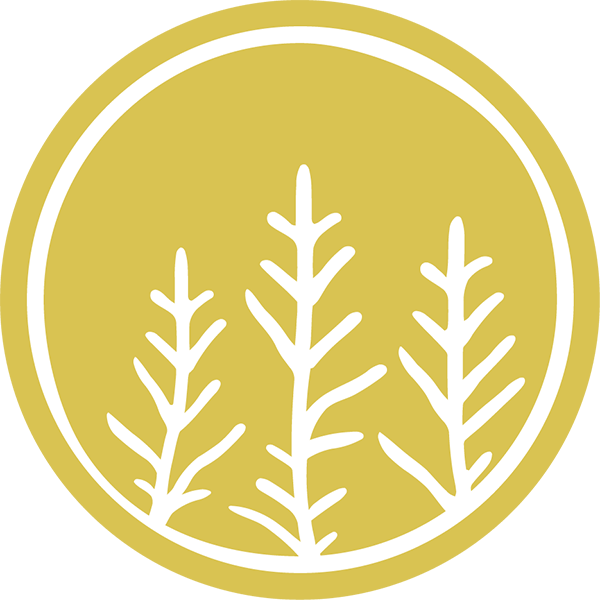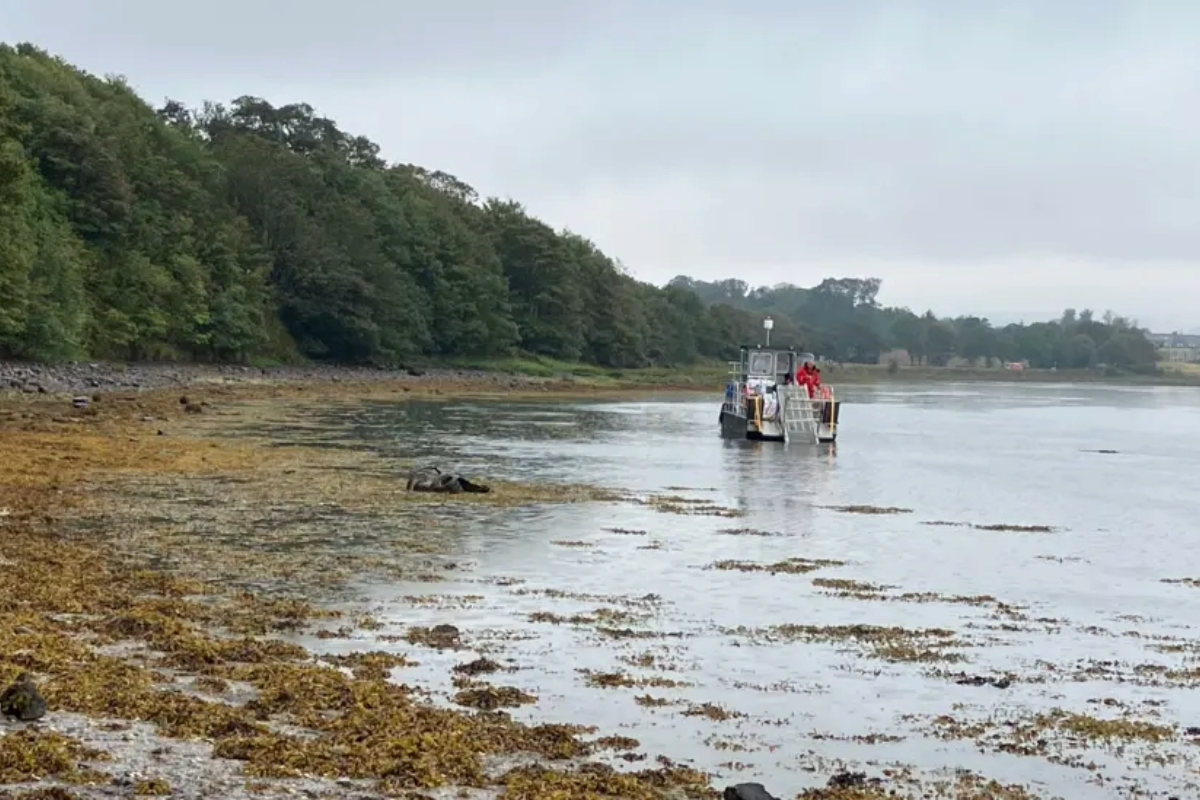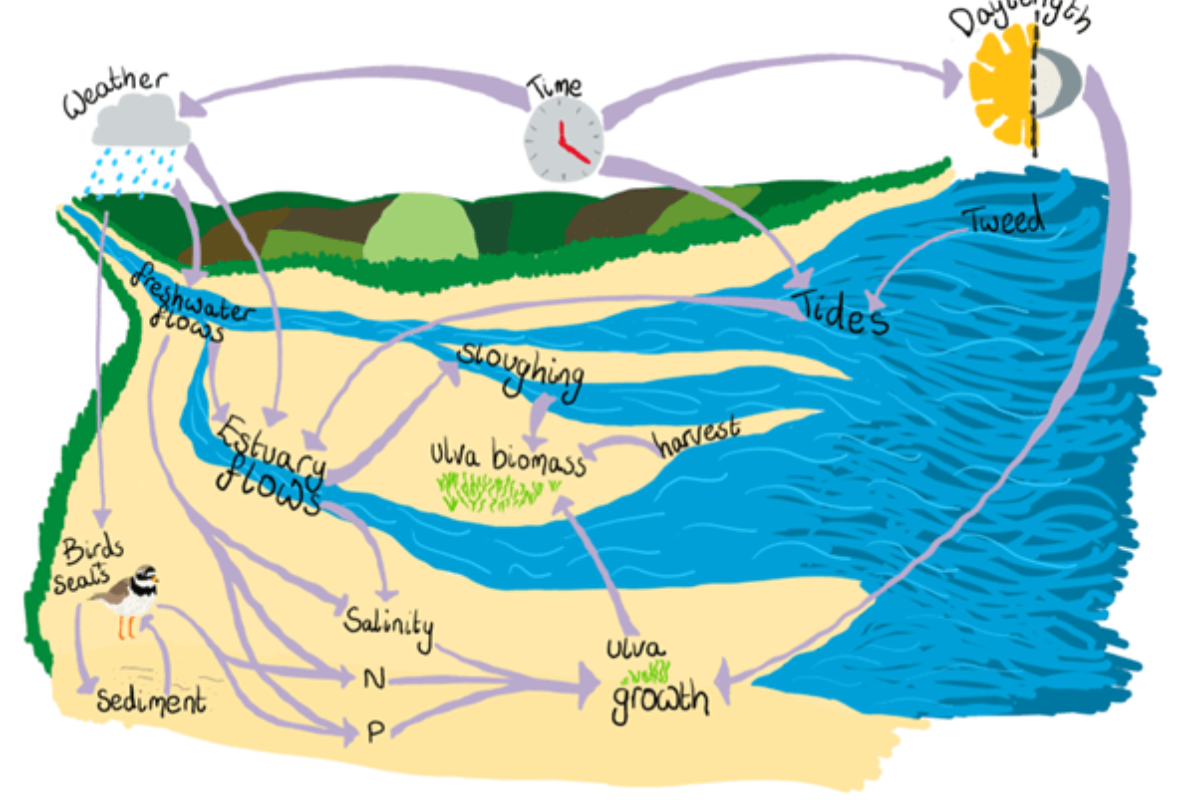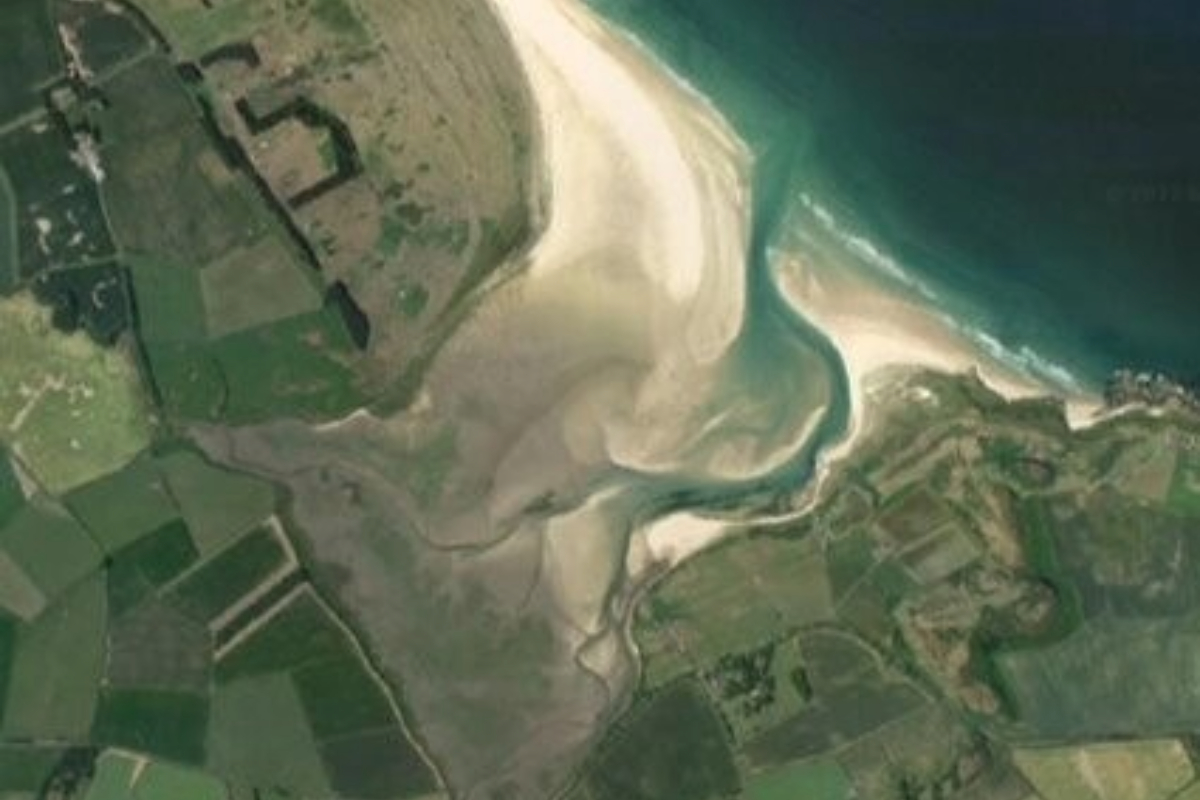WADER’s main macroalgae research site is Budle Bay in Northumberland, which has been heavily affected by algal blooms in recent years. A shallow, sheltered bay at the confluence of Ross Low Burn, Waren Burn and other field-drains and streams, Budle Bay is an ideal environment for ‘trapping’ nutrients.
We are conducting in-depth lab analysis of the algae, as well as scientific modelling, to better understand what is causing excessive macroalgal growth. This will enable us to set up water-quality-interventions upstream.
The first phase of work involved assessing the current state of the area by measuring nutrient levels in algae and water, probing the sediment itself and detecting the fauna present.
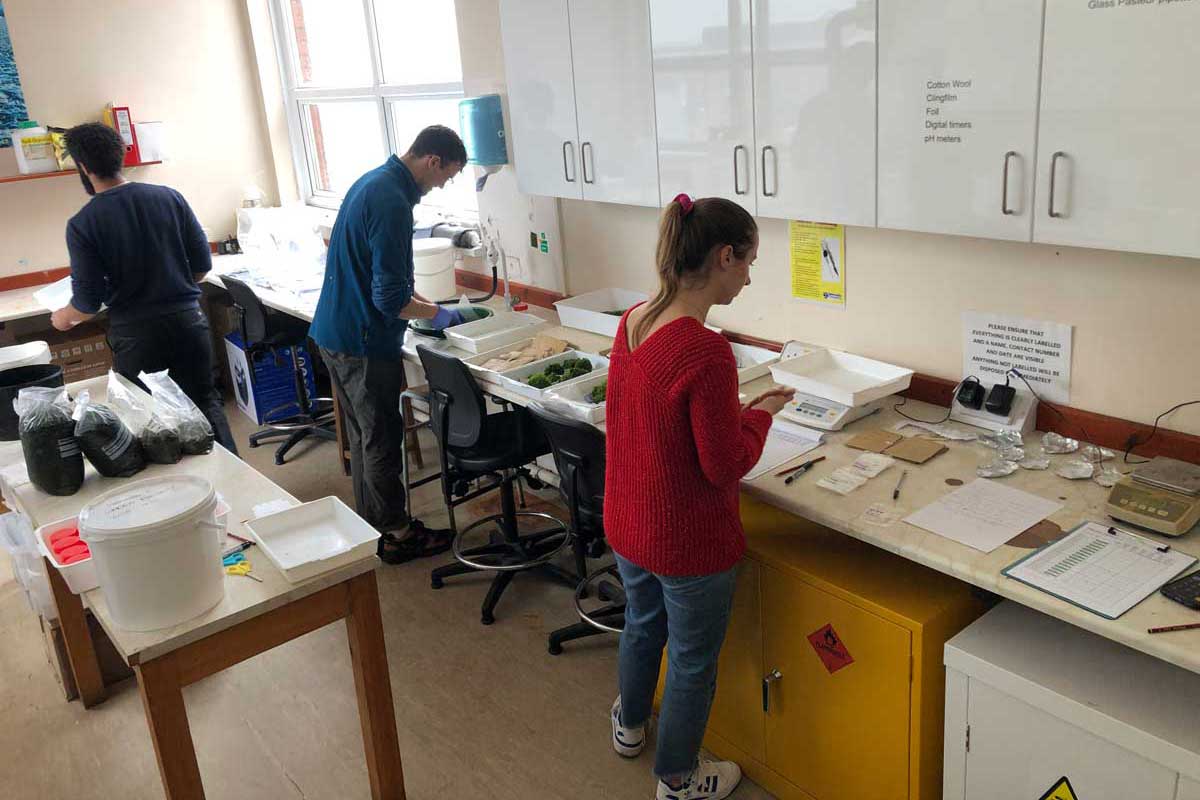
In June 2023, WADER gathered the first macroalgae, sediment, epifaunal, and water samples from the Budle Bay mat. We set in motion a methodology to collect and process data monthly, enabling us to see changes over time. We are currently monitoring 35 quadrats across seven locations to assess quantity of algae, alga types and invertebrate species present.
All samples are processed at Newcastle University’s Dove Marine Laboratory where our research students wash and study samples under microscope, run aquarium experiments and conduct lab analyses on particle size, taxonomy, genetics and stable isotopes.
With this data, we hope to be able to determine the nutrient levels in the water, the in- and epifaunal habitats and the origins of the excess nitrogen.
Simultaneously, WADER is working with the Lindisfarne National Nature Reserve team to track bird life at Budle Bay, measuring numbers and breeding successes, and with Newcastle University’s Roboboat team on remotely-operated data collection.
